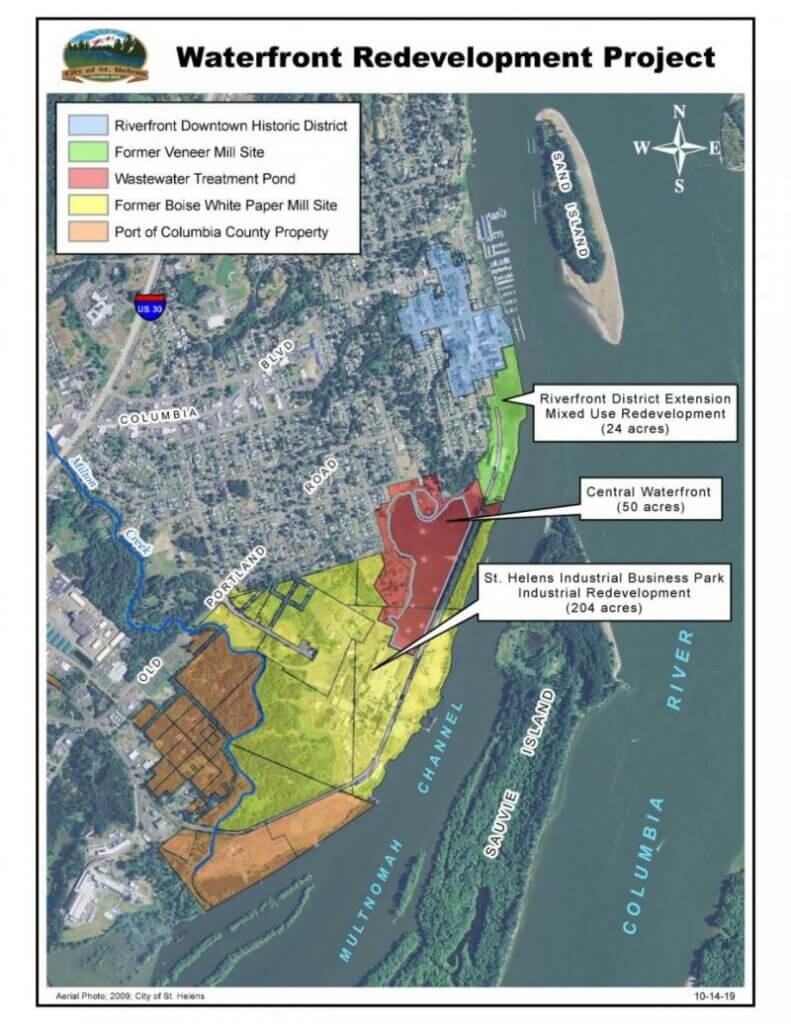“It’s not every day that your work is featured in the New York Times, Bloomberg, and NPR….on the same day. This project brings the concept of housing underproduction front and center, and provides the opportunity to influence all levels of government to think about how they can take action that is targeted to the scale and underlying causes of underproduction in the communities they serve.” — Mike Wilkerson, Director of Analytics, ECONorthwest
 As housing grows less and less affordable, and the homeless crisis worsens in most major cities, the production of housing units is paramount. Stable housing—let alone home-ownership—has become an unattainable fantasy for millions of people. But affordability is only one side of the coin: housing underproduction—a deficit of millions of available homes—is driving this crisis.
As housing grows less and less affordable, and the homeless crisis worsens in most major cities, the production of housing units is paramount. Stable housing—let alone home-ownership—has become an unattainable fantasy for millions of people. But affordability is only one side of the coin: housing underproduction—a deficit of millions of available homes—is driving this crisis.
Background
Up for Growth is a national nonprofit organization focused on solving the housing shortage by providing data-driven research and advocating for evidence-based policy. It has a national audience of developers, policymakers, local governments, and housing advocates, which comprise its cross-sector member network. ECONorthwest has been working with Up for Growth since it was established in 2018 and has been its go-to housing and research consultant since its inception.
ECONorthwest was the technical lead and a contributing author behind the new Up for Growth Housing Underproduction in the U.S. report, released in mid-July 2022. The report finds that the U.S. underproduced 3.8 million housing units in 2019 and highlights the severity of housing underproduction across the U.S. The report is the first of its kind to provide nuanced data on the local drivers of the issue and how the issue has changed since 2012, impacting nearly all cities and regions of the country.
What We Found:
- The 2022 Housing Underproduction in the U.S. report finds the U.S. underproduced 3.8 million housing units in 2019, affecting nearly all cities and regions of the country.
- After the last housing crash in 2008, developers stopped building—for a decade.
- Underproduction needs to be broken down into several driving components: missing households, vacancy challenges, and uninhabitable units. This study shines a light on cities that have large stocks of uninhabitable housing (such as Detroit), “missing households” as in 2-bedroom apartments in Washington, DC that are shared by 4 or more people who would prefer to have their own homes if they could, and the restrictive zoning in many cities (such as Sacramento) that prevent the construction of new housing—especially much-needed Middle Housing.
- Underproduction is surging, with some areas seeing more than 25x increases in their rates of underproduction from just a decade ago.
- In Los Angeles—the most underproduced metro area in the study—there are 400,000 fewer housing units than there should be (8.4% of the housing stock). As of 2019, Oregon had the fourth-largest share of underproduction for total housing stock in the nation.
- Most metro areas in the study need to update their zoning rules to allow for more housing to be built quickly.

Impact

It’s easy to watch the steady uphill march of housing prices, feeling hidden undercurrents of the economy tugging at the numbers and raising our hands in defeat. But the data tell another story—something we’ve felt, perhaps, but not seen evidence to back up: underproduction is snowballing, and it leads to increased home prices over time.
This report found that housing underproduction challenges have spread to nearly all parts of the country, and offers new localized data for jurisdictions to evaluate and put to use. It also introduces a new development framework, A Better Foundation, that developers and policymakers can use to direct housing toward areas with good access to jobs, infrastructure, and opportunity, to unlock exclusive communities, and to generate significant economic, environmental, and social benefits to these communities.
The report and its components have had a significant impact on the housing and real estate sector. The report release and event were covered by NPR, the New York Times, and Bloomberg, and in the weeks since, the findings and implications have been picked up by many regional and local news outlets as well.










